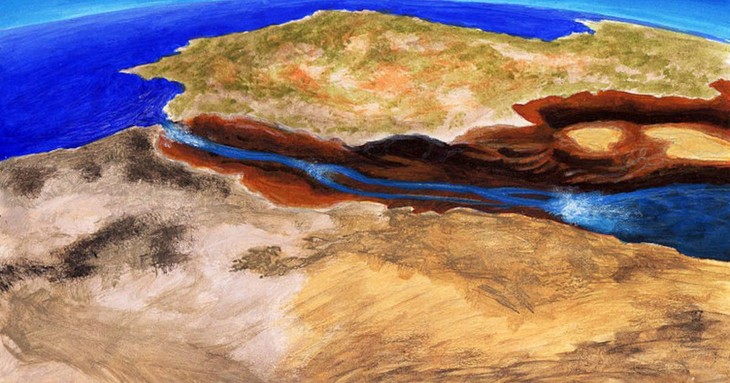 |
| The Mediterranean Sea was once a vast, completely dry salt flat. However, recent research suggests that the sea may have been filled again by the Zanclean flood that occurred about 5.33 million years ago. Photo: Ancient-origins. |
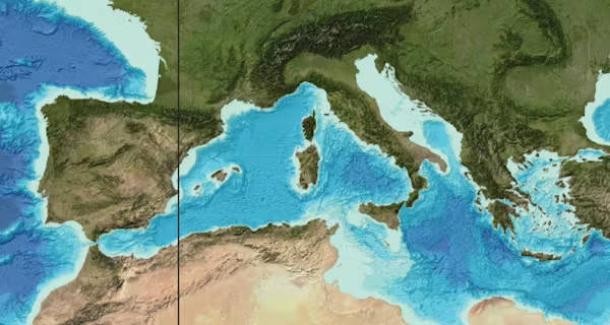 |
| Specifically, researchers believe the Zanclean flood lasted 2-16 years, with water pouring into the Mediterranean Sea at a rate of up to 60-100 million cubic meters per second. Accordingly, this sea gradually filled with water. Photo: GEBCO / National Oceanographic Centre, UK / CC BY-NC-SA. |
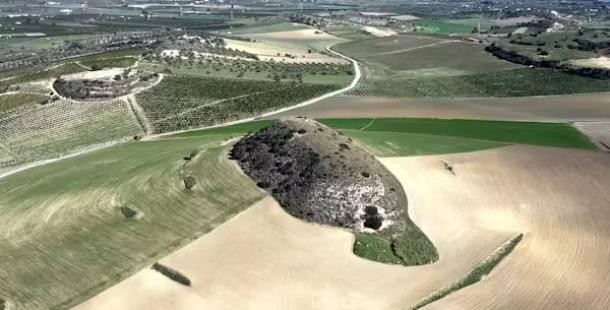 |
| “The Zanclean Flood was an incredible natural phenomenon with discharge rates and flow velocities far exceeding any other flood in human history. Our research provides the most compelling evidence to date of this extraordinary event,” explained study co-author Aaron Micallef, a specialist at the Monterey Bay Aquarium Research Institute. Photo: Aaron Micallef. |
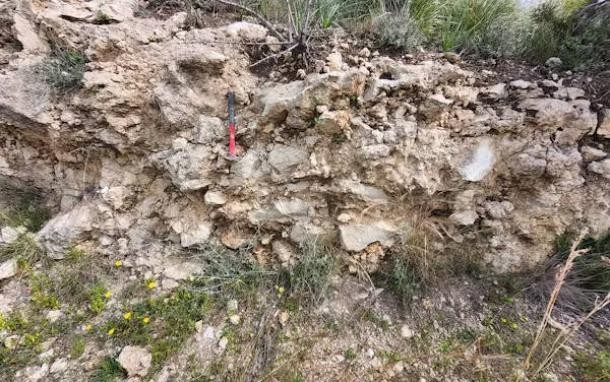 |
| According to the research team, about 200 million years ago, during the Mesozoic era, the Mediterranean was part of the vast Tethys ocean that separated two ancient supercontinents, Gondwana and Laurasia. Photo: Paul Carling. |
 |
| Over time, the ocean shrank as the African and Eurasian tectonic plates moved closer together, becoming the Mediterranean. The Messinian salinity crisis (5.97 million to 5.33 million years ago), when the sea was cut off from the Atlantic, caused almost all of the water to evaporate due to dry conditions, leaving vast salt flats in the basin. Photo: Stuart Rankin / Flickr. |
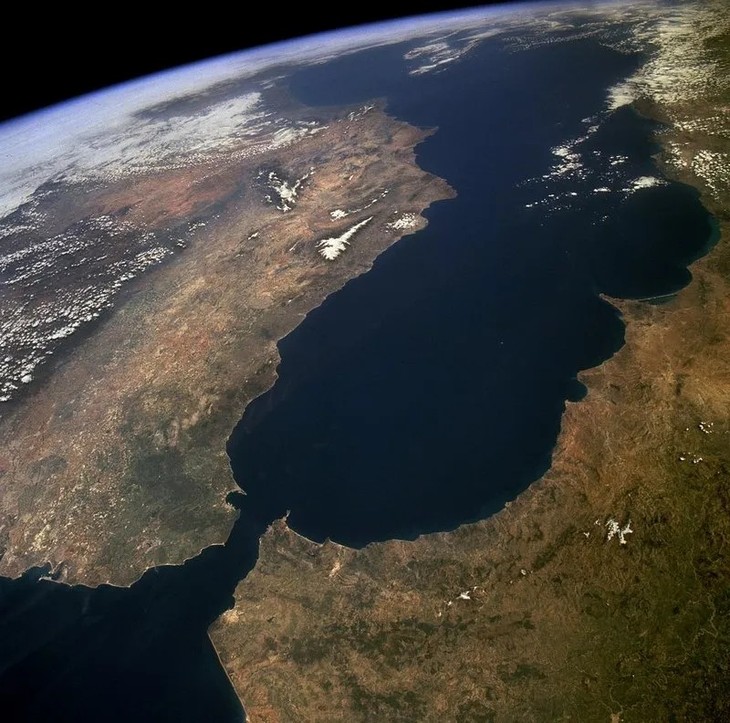 |
| The team found further evidence of a great flood that filled the Mediterranean thanks to geological features in southeastern Sicily. Photo: everythingisamazing. |
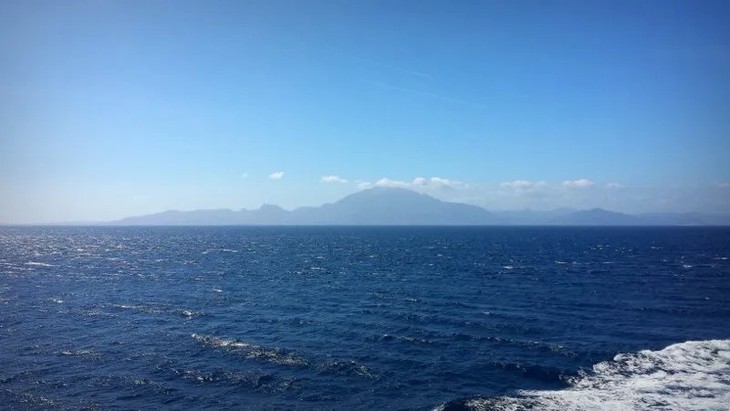 |
| Experts analyzed more than 300 ridges on the Sicily Sill, a submarine land bridge that once separated the eastern and western Mediterranean basins. Their structure suggests that a great flood once swept across their surface. Photo: everythingisamazing. |
 |
| Next, the team used seismic waves to detect a W-shaped channel carved into the seabed east of Sicily Sill, which may have once acted as a giant funnel, pouring water into the Noto Gorge in the eastern Mediterranean. Photo: everythingisamazing. |
 |
| Scientists calculate that this floodwater could have traveled at speeds of up to 116 km/h, carving deep channels into the rock as it flowed and transporting material long distances across the basin. Photo: everythingisamazing. |
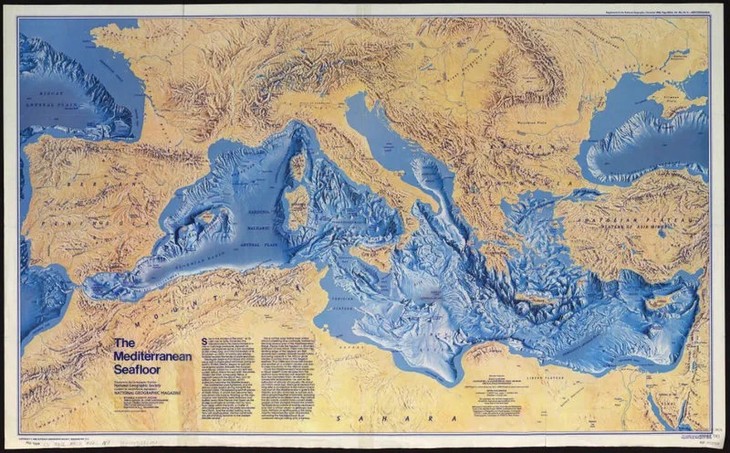 |
| This discovery helps experts decode the geological history of the Earth in general and the Mediterranean region in particular. Photo: everythingisamazing. |
Readers are invited to watch the video : Dozens of migrants missing after a shipwreck in the Mediterranean.
Source: https://khoahocdoisong.vn/tran-dai-hong-thuy-nao-lap-day-bien-dia-trung-hai-chi-trong-vai-thang-post268328.html








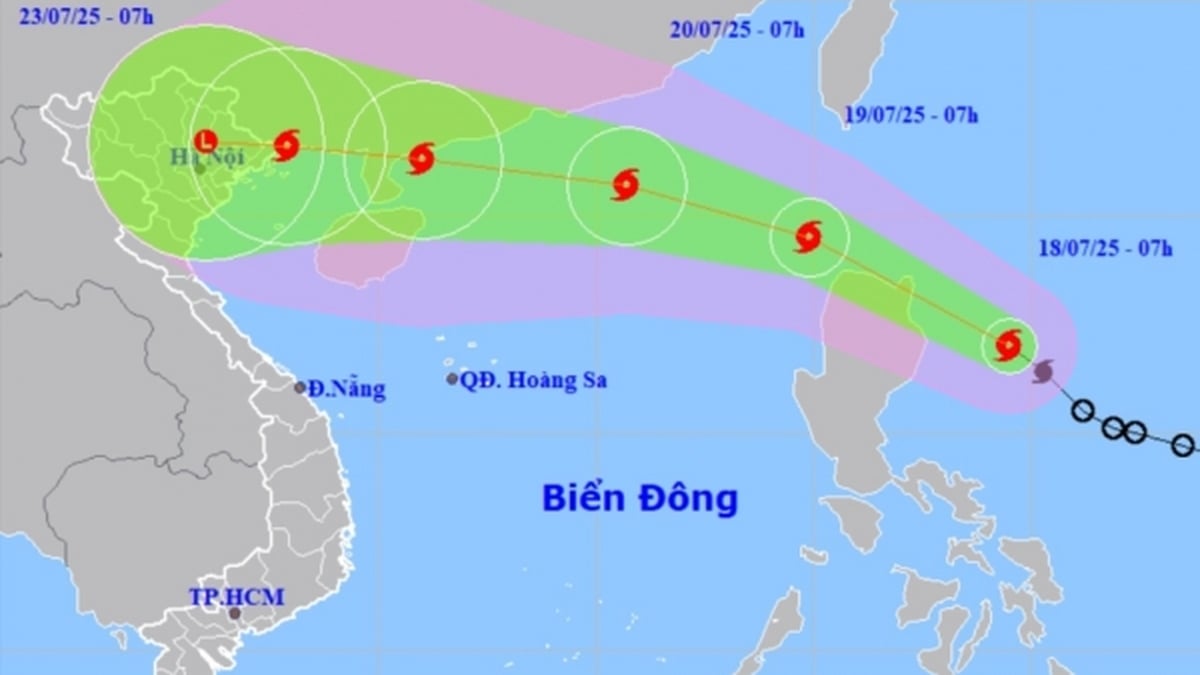


























































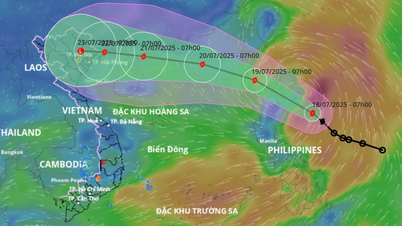




























![[Infographic] In 2025, 47 products will achieve national OCOP](https://vphoto.vietnam.vn/thumb/402x226/vietnam/resource/IMAGE/2025/7/16/5d672398b0744db3ab920e05db8e5b7d)







Comment (0)